I have seen in Kerala that in old temples an elephant is considered necessary for completing the rituals. Without one, the festivity feels incomplete for Keralites. The minimum is one, and the number can go up depending on the financial condition of the devotees.
When this system was first implemented, people were not exactly aware of why it was needed. But today it has become mandatory. Many animal lovers oppose it, claiming it is cruelty, but all the time the other side has won the legal battles. Even in the latest verdict, the court mentioned keeping some distance between humans and elephants, but not completely stopping their use in festivals. The government does not oppose this practice, as politics and vote banks also play a role in supporting it.
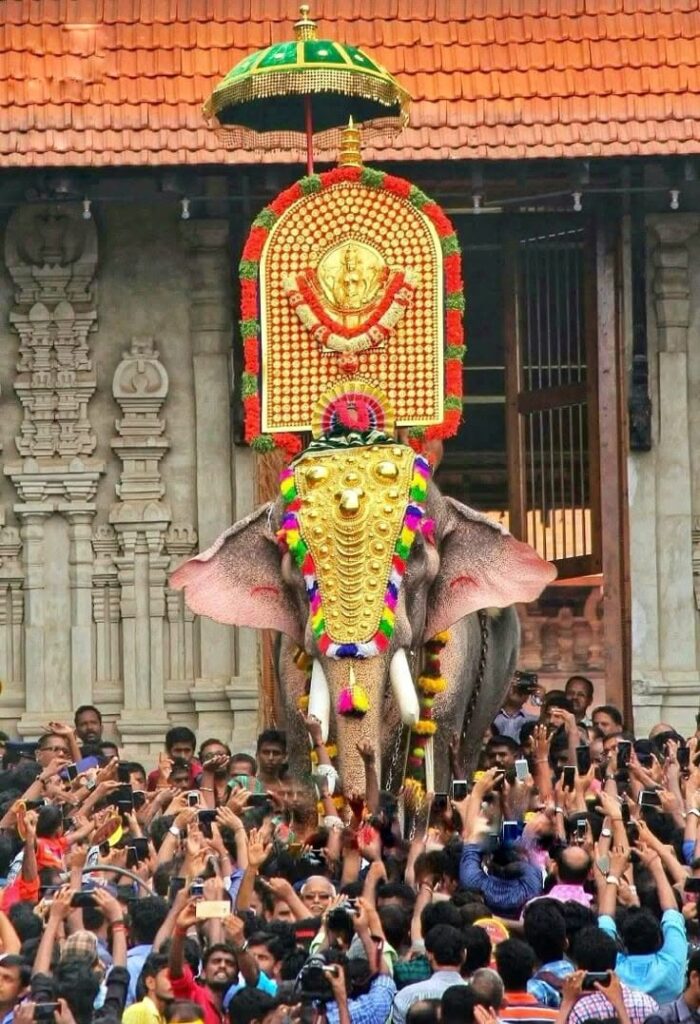
In my childhood, I have often seen that before and after processions, elephants were tied near the river for a bath. I curiously watched and sometimes accompanied them. At that time, I used to think the animal was very happy, and that an elephant was necessary for pleasing the god. In my young mind, God should sit on the head of an elephant, for that was a symbol of happiness and prosperity.
I also remember the village culture back then, where the god was taken around in a procession guarded by the elephant, visiting each household. The families offered grains as a reward, which symbolized prosperity and blessings from the god. In reality, it also served as the temple’s inventory for the whole year. The elephant would lead this procession all day, and by night, it had to stand amidst lights, glittering decorations, fireworks, and loud music for the functions. Heavy duty was imposed during that time on this animal. Double duty, I would say.
A few days back, when I was taking a shower, I thought about why we need so many things to clean our bodies. As modern city dwellers, are we so dirty that we need a six-step shower routine? Soap has gone out of the picture; instead, we use body wash, scrubs, oils, and endless products. In truth, to avoid body odour, sweat, and dirt, all we need is clean water and a basic cleaning product.
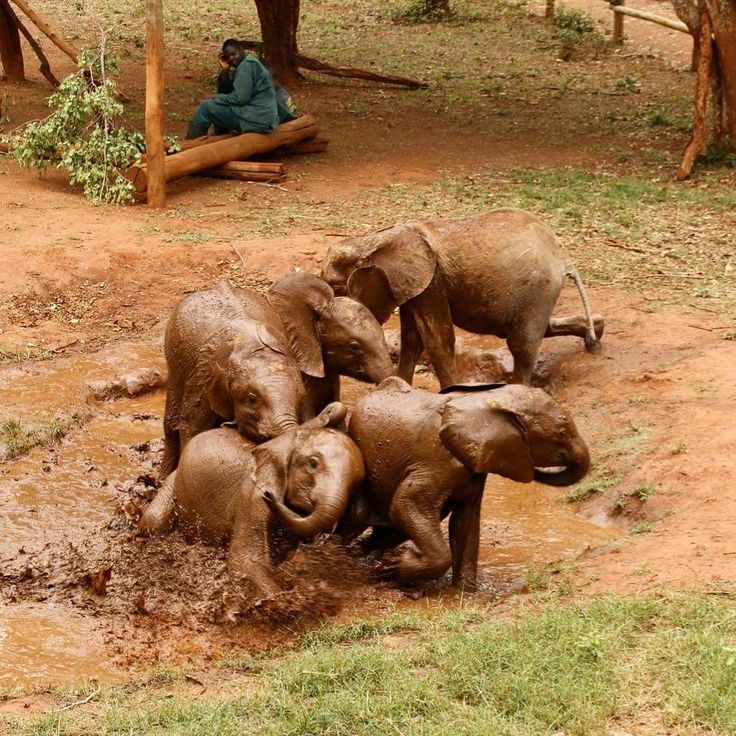
After many years, when I started traveling into forests and observing animals with a sense of equality, I began to see things differently, especially elephants. At first, I thought: are they such dirty animals? They are always covered in dust, mud, and broken twigs. Whenever I saw one in the forest, it appeared muddy. This was my initial human perspective.
But when I analyzed further, I understood that elephants do not have sweat glands. That is why they roam around muddy, as it helps them regulate water evaporation and maintain thermal balance. So, being healthy and clean is not always the way we humans see it.
What we do to them after domesticating is vigorous brushing and cleaning, which is not natural or good for them. Still, people insist that god will only sit on a clean elephant, or perhaps it is just the godmen who demand this. Without considering their needs, we force a human perspective on them.
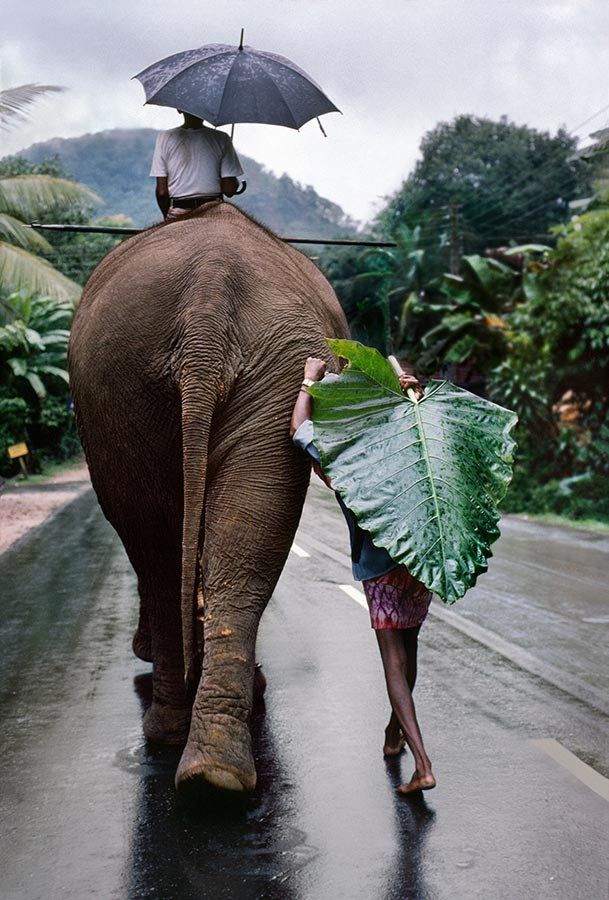
Their skin feels soft, though their size is massive. Yet, we torture them by making them walk long distances on hot tarred roads, sometimes carrying heavy loads, and even transporting them in trailers for long journeys. Elephant owners must have minimum awareness about how to handle their giant companion in the right way.
The courts in India, especially the Supreme Court, have taken a mixed approach in this matter. While there have been petitions to completely ban the use of elephants in temple festivals, the court has never ruled for a total ban. Instead, it has emphasized regulated use, mandating veterinary checks, proper registration of captive elephants, and safety measures like maintaining a distance between humans and elephants during processions. The judgments reflect a balance between tradition and animal rights, but they leave the door open for continued use of elephants under supervision, which remains a point of debate among animal rights activists.
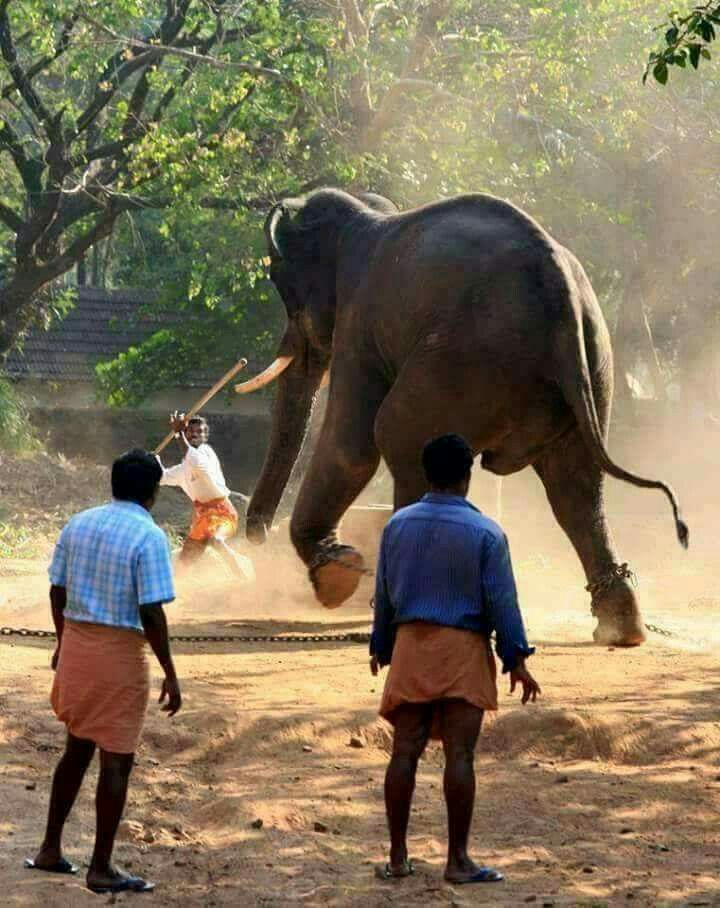
How many incidents must I remind you of, where elephants in Kerala temples became frustrated, reacted violently, and caused death and devastation? No animal does that unless it is tortured or pushed beyond its limits of tolerance.
The elephant in Kerala is more than just an animal; it is a cultural symbol, a presence tied deeply with devotion and celebration. Yet, behind the grandeur, there is also pain, duty, and the silent suffering of a creature that deserves freedom and respect. Traditions should not mean blind continuation at the cost of cruelty. True devotion would be to honor the elephant in its natural dignity, not as a spectacle or tool for our rituals. It is time to rethink how culture and compassion can coexist.
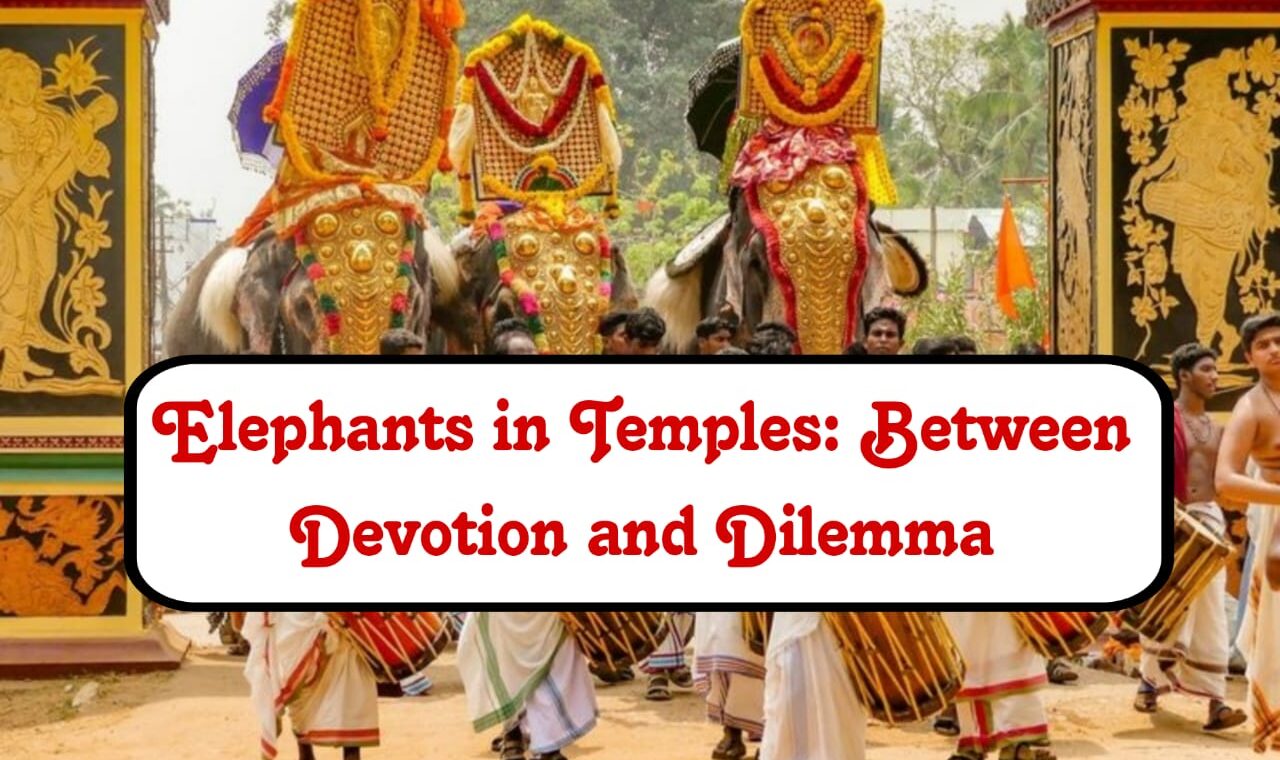
Co- existence as a thought proccess has gone out our culture! You shot right to the point!
Very thoughtful article